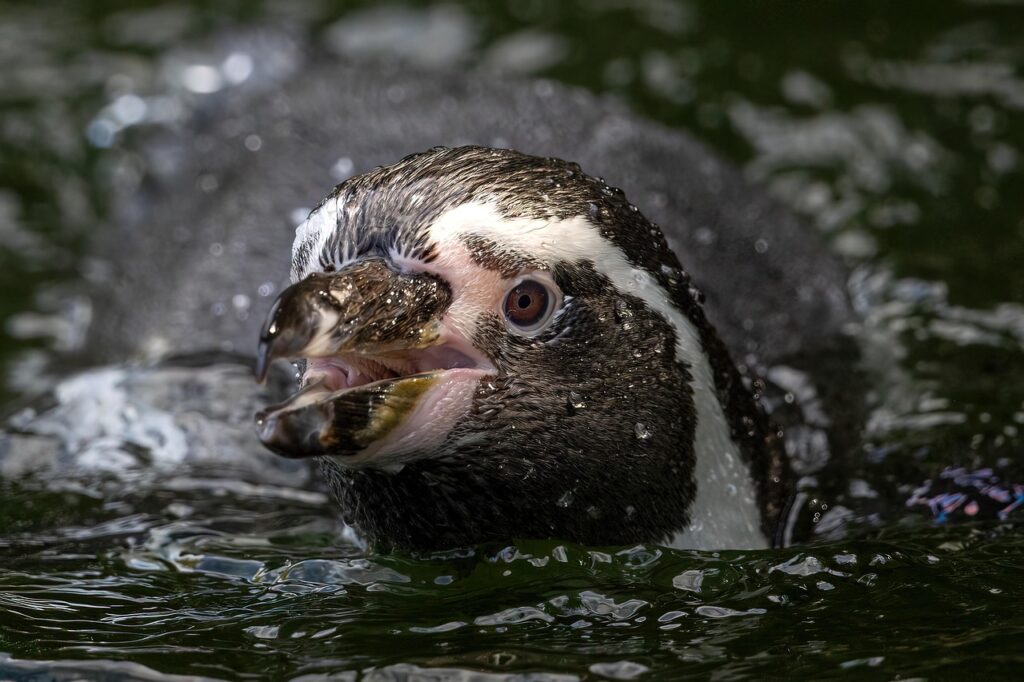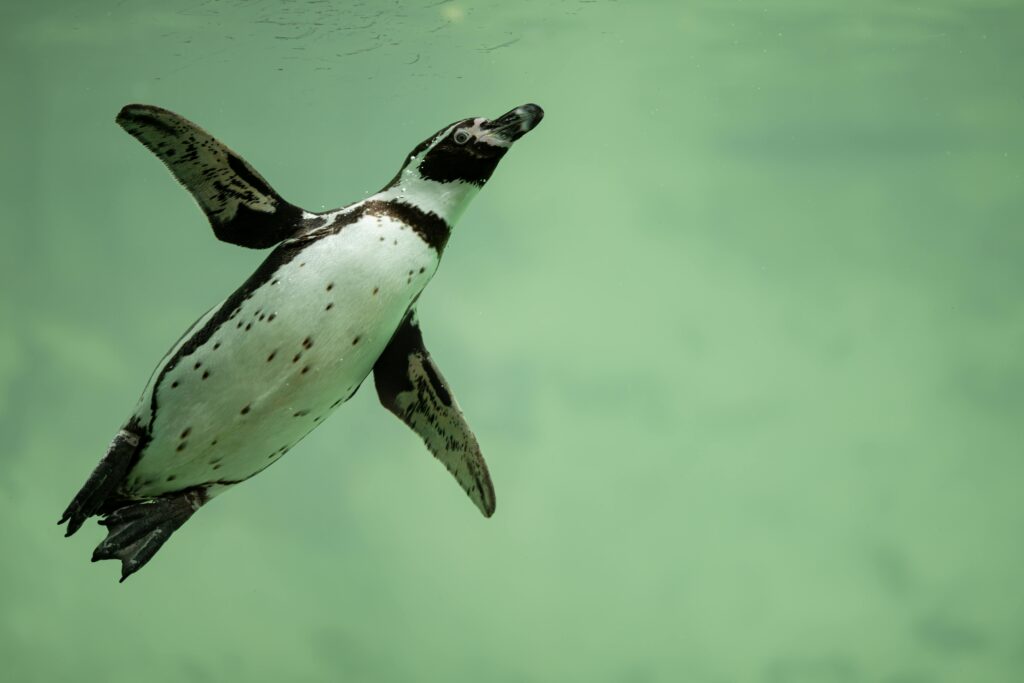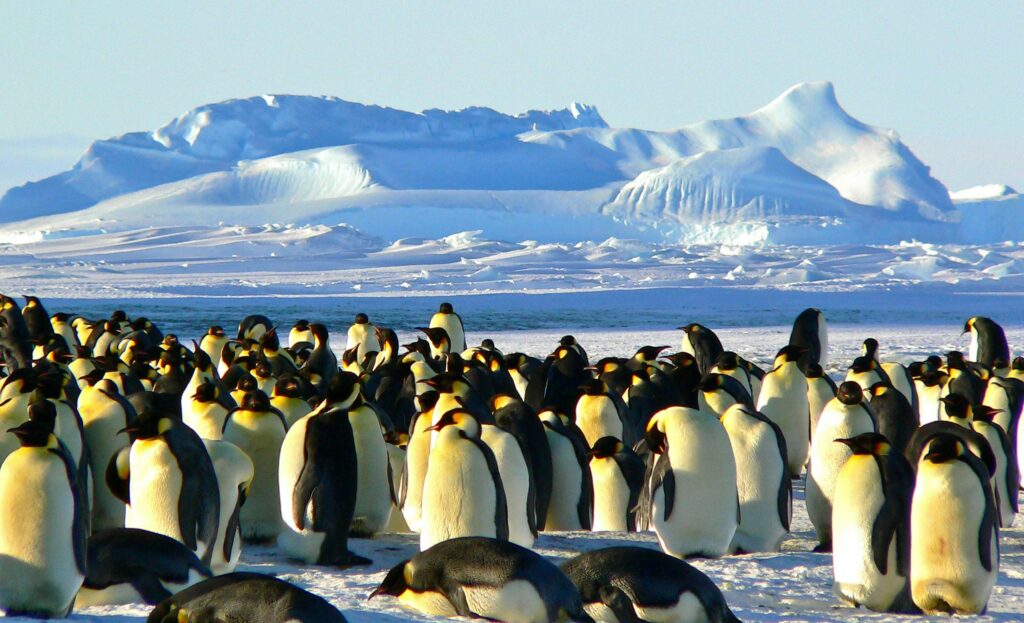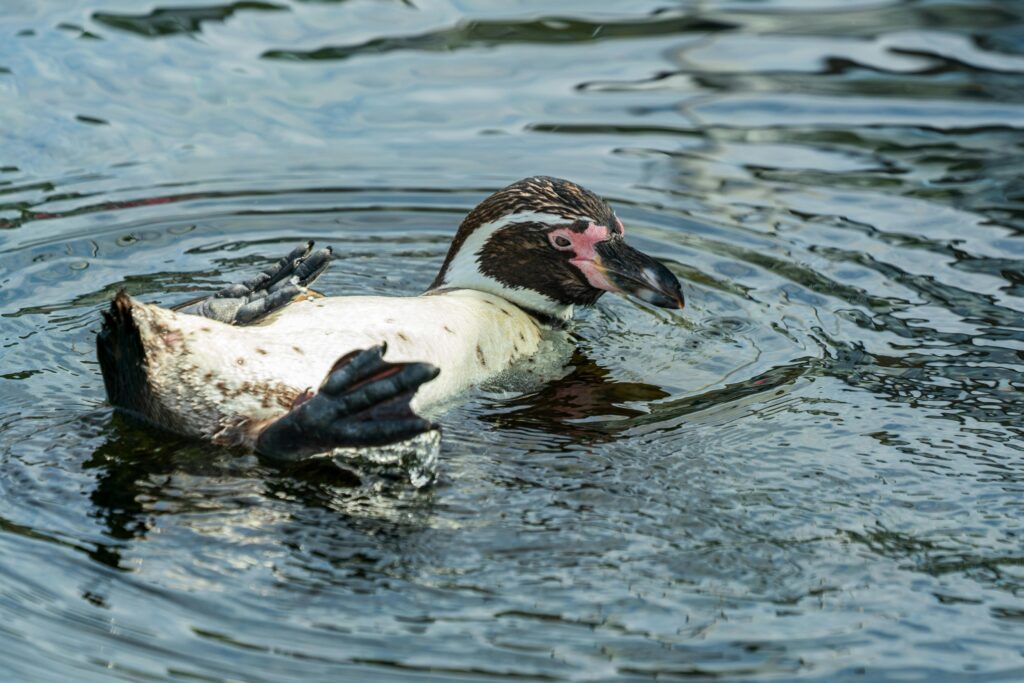Penguins are expert hunters, thriving in the icy waters of the Southern Hemisphere. Despite their comical waddle on land, they transform into powerful and efficient predators underwater. Their survival depends on their ability to catch prey swiftly and skillfully while navigating vast and often treacherous ocean waters. This article explores the fascinating hunting techniques of penguins and the adaptations that make them formidable marine hunters.
What Do Penguins Eat?
Penguins primarily feed on marine organisms, with their diet varying slightly by species and habitat. Their main sources of nutrition include:
- Fish: Anchovies, sardines, and silverfish are common targets.
- Krill: These tiny crustaceans are a dietary staple, especially for Antarctic species.
- Squid and Other Cephalopods: Larger penguins, such as emperor penguins, consume squid when available.
The balance of these food sources depends on location and seasonal availability, both of which are influenced by climate change and human activity.
The Art of Hunting: How Penguins Catch Their Prey
Streamlined Bodies for Speed
Penguins have evolved to be exceptional swimmers. Their streamlined bodies and strong, flipper-like wings allow them to move swiftly through the water, reaching speeds of up to 15 mph (24 km/h). Unlike flying birds, penguins use their flippers as powerful propulsion tools, slicing through the water with precision and agility.
Deep Diving Capabilities
Some penguin species are capable of deep dives in pursuit of prey:
- Emperor Penguins: These remarkable divers can reach depths of over 500 meters (1,640 feet) and hold their breath for more than 20 minutes.
- King Penguins: Slightly less deep divers, they can still plunge down to around 300 meters (985 feet).
- Smaller Species: Gentoo, Adélie, and Humboldt penguins typically dive between 20 and 200 meters (65 to 656 feet), depending on their environment.
By venturing into deeper waters, penguins reduce competition for food, hunting in areas where few predators dare to go.
Coordinated Hunting Strategies
Some penguins hunt alone, while others work in groups to maximize their efficiency:
- Solo Hunting: Emperor penguins often hunt alone, relying on their speed and agility to ambush fish and squid in the depths.
- Group Hunting: Adélie and African penguins often coordinate their movements, herding schools of fish into tighter groups, making them easier to catch.
By working together, penguins increase their hunting success while conserving energy.
Stealth and Surprise Attacks
Penguins use stealth and surprise to catch prey. They remain quiet and undetected until the last moment, then launch a rapid attack. Their countershading camouflage helps them stay hidden:
- Dark backs blend with the ocean depths when viewed from above, making them difficult for aerial predators to spot.
- White bellies match the lighter surface of the water when viewed from below, making them nearly invisible to prey.
This natural adaptation not only helps penguins avoid predators but also enhances their hunting success.
Challenges Penguins Face While Hunting
Despite their efficiency as hunters, penguins face numerous challenges that threaten their ability to secure food.
Climate Change and Food Scarcity
Rising ocean temperatures and melting ice caps have disrupted penguin habitats, leading to declines in krill populations and shifts in fish distribution. As a result, penguins must travel longer distances to find food, placing additional strain on their energy reserves.
Competition from Human Activities
Overfishing has reduced the availability of key prey species, making it harder for penguins to maintain a stable food supply. Additionally, pollution and oil spills contaminate the waters where penguins hunt, threatening their health and survival.
Ocean Predators
Penguins are not the only skilled hunters in the ocean. They must constantly evade predators such as:
- Leopard Seals: These powerful marine mammals ambush penguins near the ice’s edge.
- Orcas (Killer Whales): These intelligent predators sometimes target penguins in deeper waters.
- Sharks: Some shark species prey on penguins, particularly those swimming alone.
To survive, penguins rely on their agility, speed, and instinctive knowledge of their environment.
Adaptations That Make Penguins Superior Hunters
Over time, penguins have developed unique adaptations that make them masterful hunters:
- Efficient Oxygen Storage: Penguins have high levels of myoglobin in their muscles, allowing them to store more oxygen and stay underwater longer.
- Flexible Beaks: Their beaks are adapted to quickly snatch and secure slippery prey.
- Keen Eyesight: Penguins have excellent underwater vision, helping them spot prey even in dimly lit depths.
- Thick Feathers and Fat Reserves: These insulate their bodies, enabling them to withstand freezing waters while conserving energy.
The Future of Penguin Hunting
With growing environmental concerns, the future of penguin hunting techniques may be shaped by conservation efforts. Protecting their food sources and habitats is crucial for their survival. Scientists and conservationists are working to:
- Establish marine protected areas to safeguard crucial hunting grounds.
- Regulate fishing practices to prevent overfishing of key prey species.
- Monitor climate changes affecting penguin populations and their ecosystems.
By understanding how penguins hunt and survive, we can take steps to protect them and ensure they continue thriving in the wild.
Conclusion: Masters of the Ocean
Penguins may appear clumsy on land, but in the water, they are agile and efficient predators. Their specialized hunting techniques, adaptability, and resilience make them one of the most fascinating marine birds in the world. However, their future depends on how well we protect their environment and food sources.
By supporting conservation efforts, reducing pollution, and promoting sustainable fishing practices, we can help ensure that penguins continue to thrive and hunt successfully in the oceans they call home.




